Table of Contents
Embarking on the enriching journey of yoga transcends mere physical exercise. It’s an odyssey that harmonizes mind, body, and spirit. In this guide, we delve into the profound importance of yoga and its ability to bring about transformative changes in your life.
The Essence of Yoga
Yoga goes beyond the physical; it’s about creating a synergy between breath, mind, and body. This connection is the essence that elevates yoga from a mere routine to a holistic practice, fostering not only physical health but mental and spiritual well-being.
Setting the Right Environment
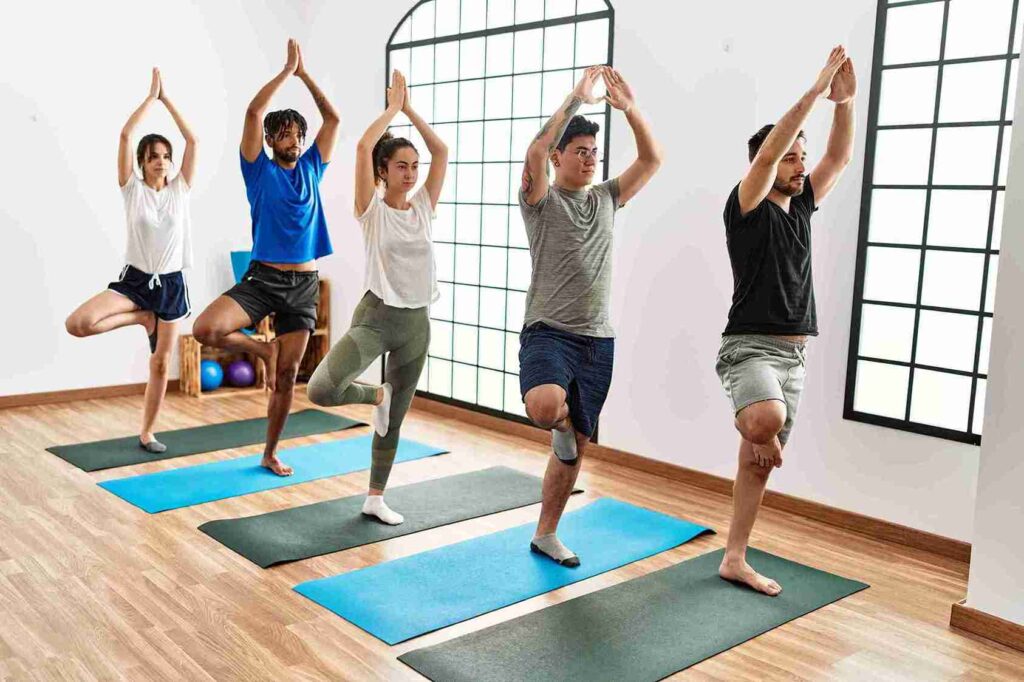
The space in which you practice greatly influences your yoga experience. Choose a quiet, clutter-free environment that allows you to focus inward. The right setting becomes a sanctuary for your practice, promoting concentration and mindfulness.
Necessary Yoga Equipment
Investing in the proper equipment can significantly enhance your yoga journey. A high-quality mat, along with blocks and straps, provides essential support. Select equipment that complements your body type and practice level, ensuring comfort and safety.
Warm-up Routine
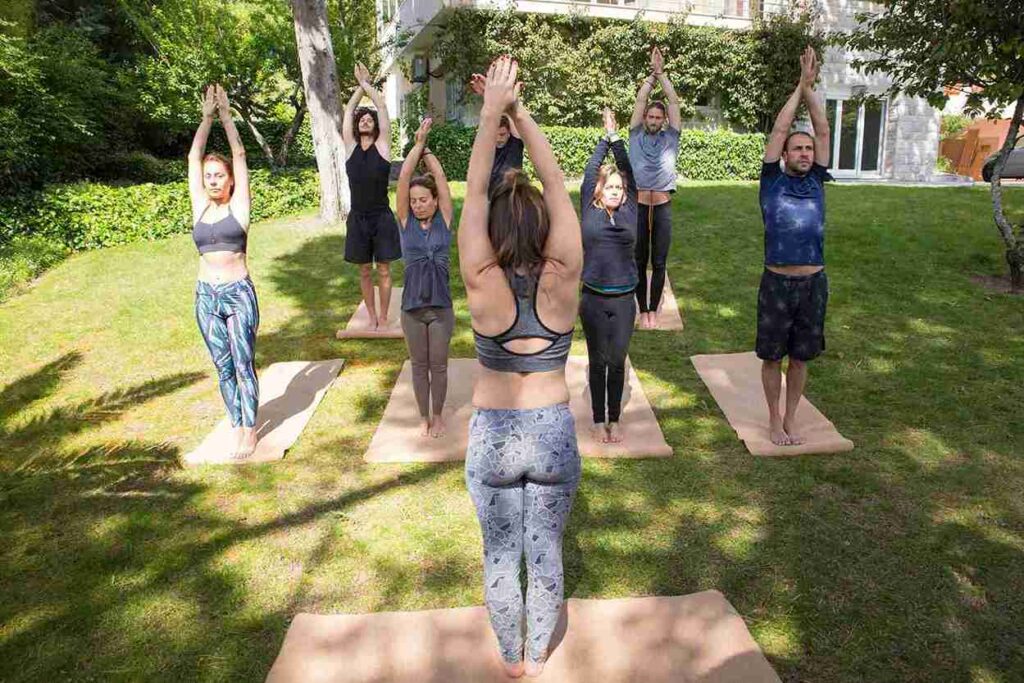
Initiate your yoga session with a gentle warm-up routine. Incorporate stretches that gradually prepare your body for more intense poses. Warming up not only prevents injuries but also increases flexibility, allowing for a more fluid and rewarding practice.
Master Your Practice: The Top 10 Tips
1. Proper Breathing Techniques
The foundation of mastering yoga lies in mastering your breath. Delve into techniques that emphasize deep, controlled breathing. Proper breathing not only enhances oxygen flow but also induces a sense of calmness, laying the groundwork for a focused and mindful practice.
2. Finding Your Comfortable Pose
Yoga is a personal journey, and finding the right poses for your body is key. Experiment with various poses, embracing modifications and variations until you discover what feels comfortable and aligned with
your individual needs.
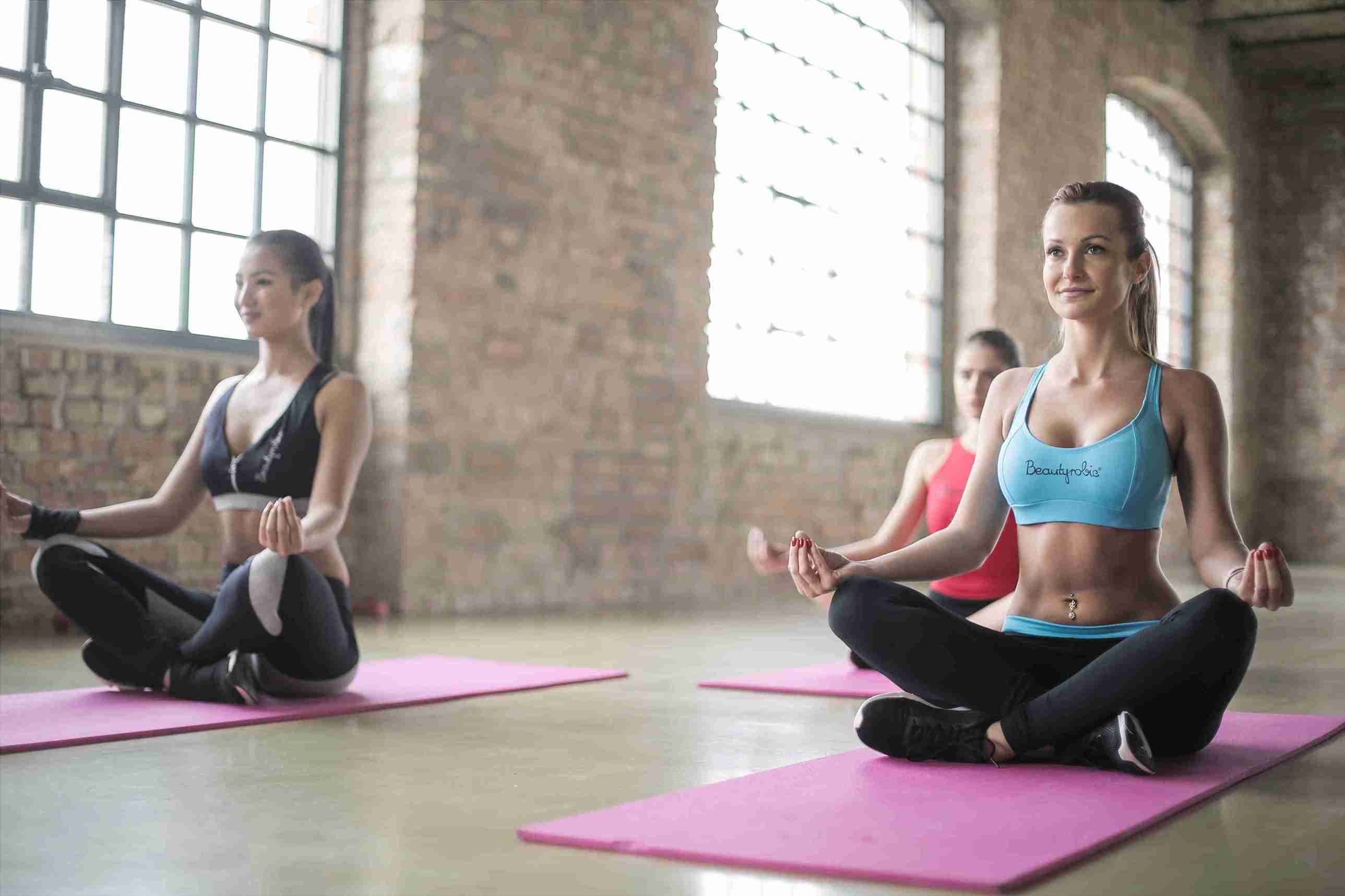
3. Balancing Strength and Flexibility
Achieving equilibrium between strength and flexibility is vital. Include poses that challenge both aspects, promoting overall physical wellness. This balance not only prevents injuries but also ensures a more holistic approach to your practice.
4. Consistency is Key
Consistency forms the bedrock of progress in yoga. Commit to regular practice, even if it’s a few sessions per week. It’s through consistent effort that you unlock the full potential of your practice, experiencing growth both physically and mentally.
5. Listening to Your Body
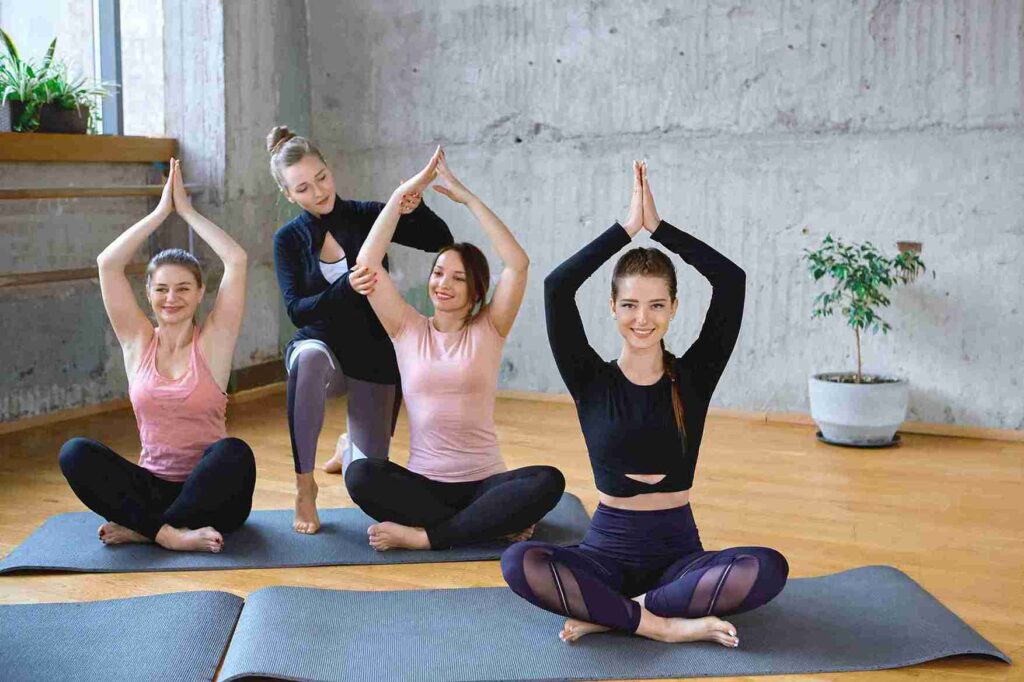
Yoga is an intimate exploration of self, and listening to your body is fundamental. Respect its limitations, avoiding the urge to push too hard. Gradual progression ensures a sustainable and fulfilling yoga
journey.
6. Incorporating Meditation
Move beyond physical postures and integrate meditation into your practice. Cultivate mindfulness through focused meditation, reducing stress and enhancing your overall sense of well-being.
7. Joining a Yoga Community
Forge connections with like-minded individuals by joining a yoga community. This shared experience provides not just support but also motivation, transforming your solitary practice into a communal
journey towards well-being.
8. Staying Hydrated
Hydration is often underestimated in yoga practice. Maintain proper fluid intake to support your body through the physical demands of yoga. Hydration aids in flexibility and prevents fatigue during your
sessions.
9. Rest and Recovery
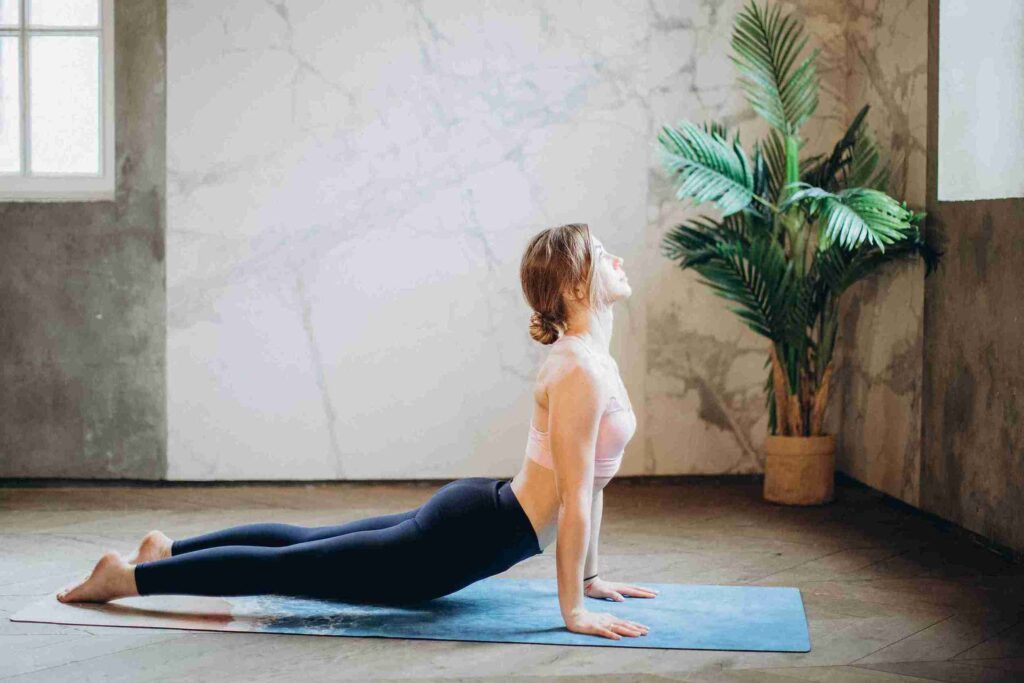
Amidst the pursuit of progress, give your body the time it needs to rest and recover. Balancing activity with sufficient rest ensures sustainable growth, preventing burnout and promoting a lifelong
love for yoga.
10. Celebrating Progress
Acknowledge and celebrate each step of your yoga journey. Whether it’s mastering a challenging pose or sustaining a consistent practice, recognize and revel in every milestone. Celebrating progress fuels
motivation and reinforces the joy of your yoga practice.
Frequently Asked Questions (FAQs)
1.How often should beginners practice yoga?
Consistency is paramount for beginners. Aim for 2-3 sessions per week to establish a routine, allowing you to witness tangible benefits in strength, flexibility, and overall well-being.
2.Can I do yoga without any equipment?
While yoga can be practiced without equipment, investing in a quality mat and props enhances comfort and support during poses. These aids facilitate proper alignment and prevent strain.
3.Is yoga suitable for all ages?
Absolutely! Yoga is adaptable to all ages and fitness levels. Consultation with a healthcare professional is recommended for individuals with specific health concerns or conditions.
4.Can yoga help with stress relief?
Indeed, yoga is renowned for its stress-relieving benefits. The combination of movement, breathwork, and meditation promotes relaxation, reducing the physiological effects of stress.
5.Is it normal to feel sore after yoga?
Mild soreness is normal, especially for beginners. However, severe pain may indicate improper technique or overexertion. Pay attention to your body’s signals and adjust your practice accordingly.
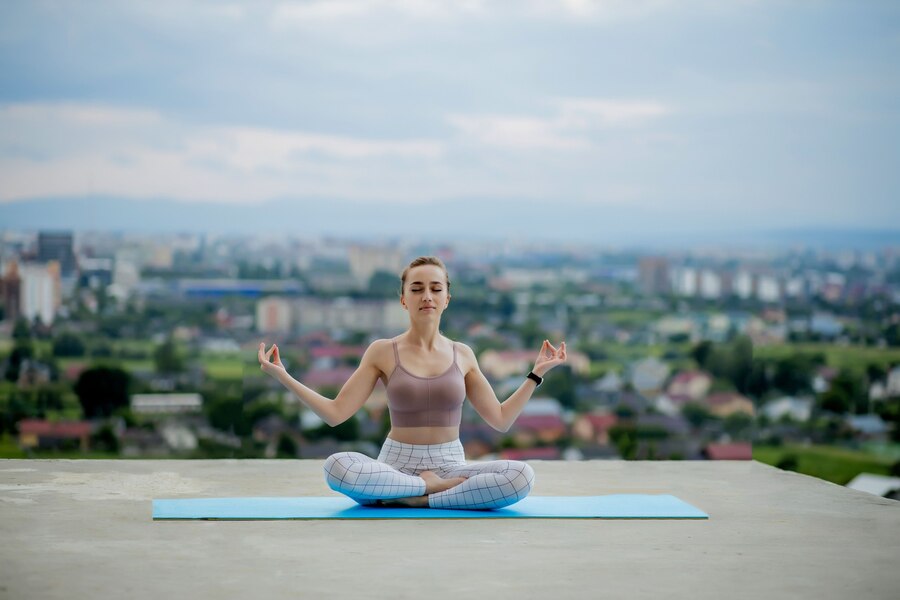
Embarking on the path of mastering your yoga practice is a journey of self-discovery and holistic well being. By integrating these tips and embracing the essence of yoga, beginners can navigate their path with confidence, resilience, and a deep sense of fulfilment. Celebrate each step, Savor the progress, and let your yoga practice unfold as a lifelong companion to your overall well-being.